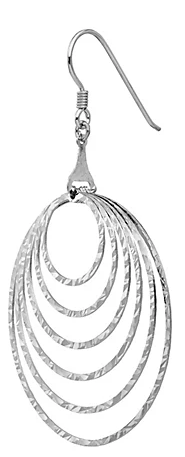nLab Hawaiian earring space
Context
Topology
topology (point-set topology, point-free topology)
see also differential topology, algebraic topology, functional analysis and topological homotopy theory
Basic concepts
-
fiber space, space attachment
Extra stuff, structure, properties
-
Kolmogorov space, Hausdorff space, regular space, normal space
-
sequentially compact, countably compact, locally compact, sigma-compact, paracompact, countably paracompact, strongly compact
Examples
Basic statements
-
closed subspaces of compact Hausdorff spaces are equivalently compact subspaces
-
open subspaces of compact Hausdorff spaces are locally compact
-
compact spaces equivalently have converging subnet of every net
-
continuous metric space valued function on compact metric space is uniformly continuous
-
paracompact Hausdorff spaces equivalently admit subordinate partitions of unity
-
injective proper maps to locally compact spaces are equivalently the closed embeddings
-
locally compact and second-countable spaces are sigma-compact
Theorems
Analysis Theorems
Contents
Idea
The topological space which is the union of an infinite number of circles in the plane, of decreasing radius and all sharing exactly one point, has commonly been known as the Hawaiian earring space (apparently following Dudley 61, though the space appears earlier in Griffiths 56). Other terminology is “clamshell” (also Dudley 61) or, more recently, “infinite earring” or “shrinking wedge of circles”.
In algebraic topology this space has been of interest mainly as a counterexample, showing the need for care in hypotheses for a good theory of covering spaces – see at Properties below.
Definition
The (Hawaiian) earring space is the topological space defined to be the set
endowed with subspace topology inherited from the Euclidean topology of the plane .
More abstractly: the earring space can be described up to homeomorphism as the one-point compactification of a coproduct (in Top; a disjoint union space) of countably many open intervals (e.g. section 2.1 of (Cannon-Conner 2000)). This shows that the specific radii converging to zero (which was taken to be above) don’t actually matter. Equivalently, the earring space is homeomorphic to the one-point compactification of the product space , where the space of real numbers has the Euclidean topology and that of natural numbers has the discrete topology.
Another topological characterisation is as the reduced suspension of the one-point compactification of with the discrete topology (that is, the “free convergent sequence”). The basepoint is taken to be the added limit point “at infinity”.
Properties
Every neighborhood of in the Hawaiian earring space has non-contractible loops inside it (this would not be the case under the CW topology, i.e., the evident quotient space of countably many circles with the coproduct or disjoint sum topology, making the result a countable bouquet of circles). This means that the space is not semi-locally simply connected.
Viewed in terms of general topology, it would be hard to sell the earring space as a genuinely “pathological space”: as it is a compact, Hausdorff, connected and locally path-connected metric space, etc. It’s really through the lens of algebraic topology and particularly the classical theory of covering spaces that it seems strange: it is not a CW complex, it is not semi-locally simply connected and its fundamental group is hard to compute.
Related concepts
References
An early paper discussing the concept without giving it any specific name is:
- H. B. Griffiths, Infinite Products of Semi-Groups and Local Connectivity, Proceedings of the London Mathematical Society, s3-6 (1956) 455-480 (doi:10.1112/plms/s3-6.3.455)
The name Hawaiian earring seems to be due to:
- R. M. Dudley, Continuity of homomorphisms, Duke Math. J. 28:4 (1961), 587-594 (doi:10.1215/S0012-7094-61-02859-9)
See also:
- Wikipedia, Hawaiian earring
The following discusses the combinatorial structure of the fundamental group of the earring space.
- J. W. Cannon and G. R. Conner, The combinatorial structure of the Hawaiian earring group, Topology and its Applications 106 (2000) pp 225–271 (doi:10.1016/S0166-8641(99)00103-0)
Last revised on November 29, 2021 at 12:09:22. See the history of this page for a list of all contributions to it.

